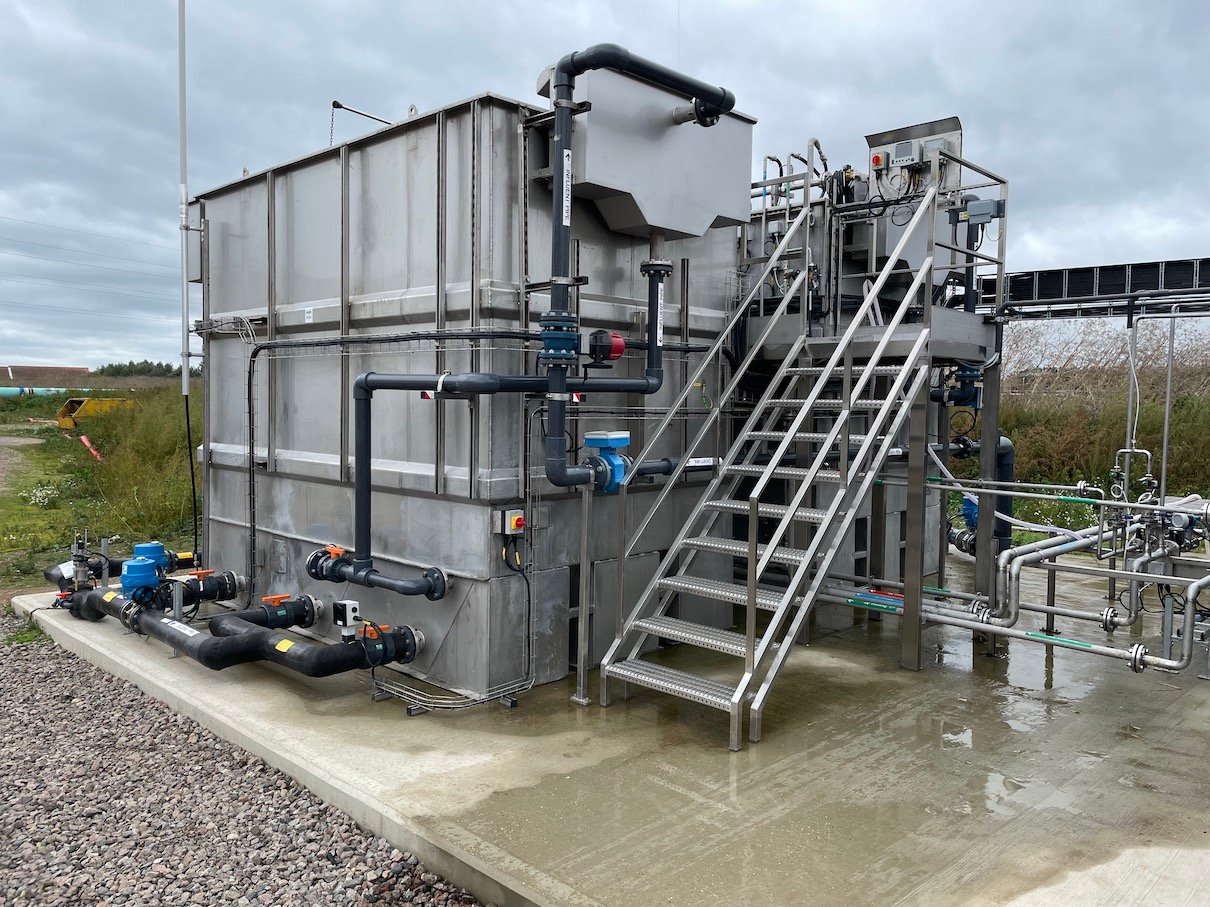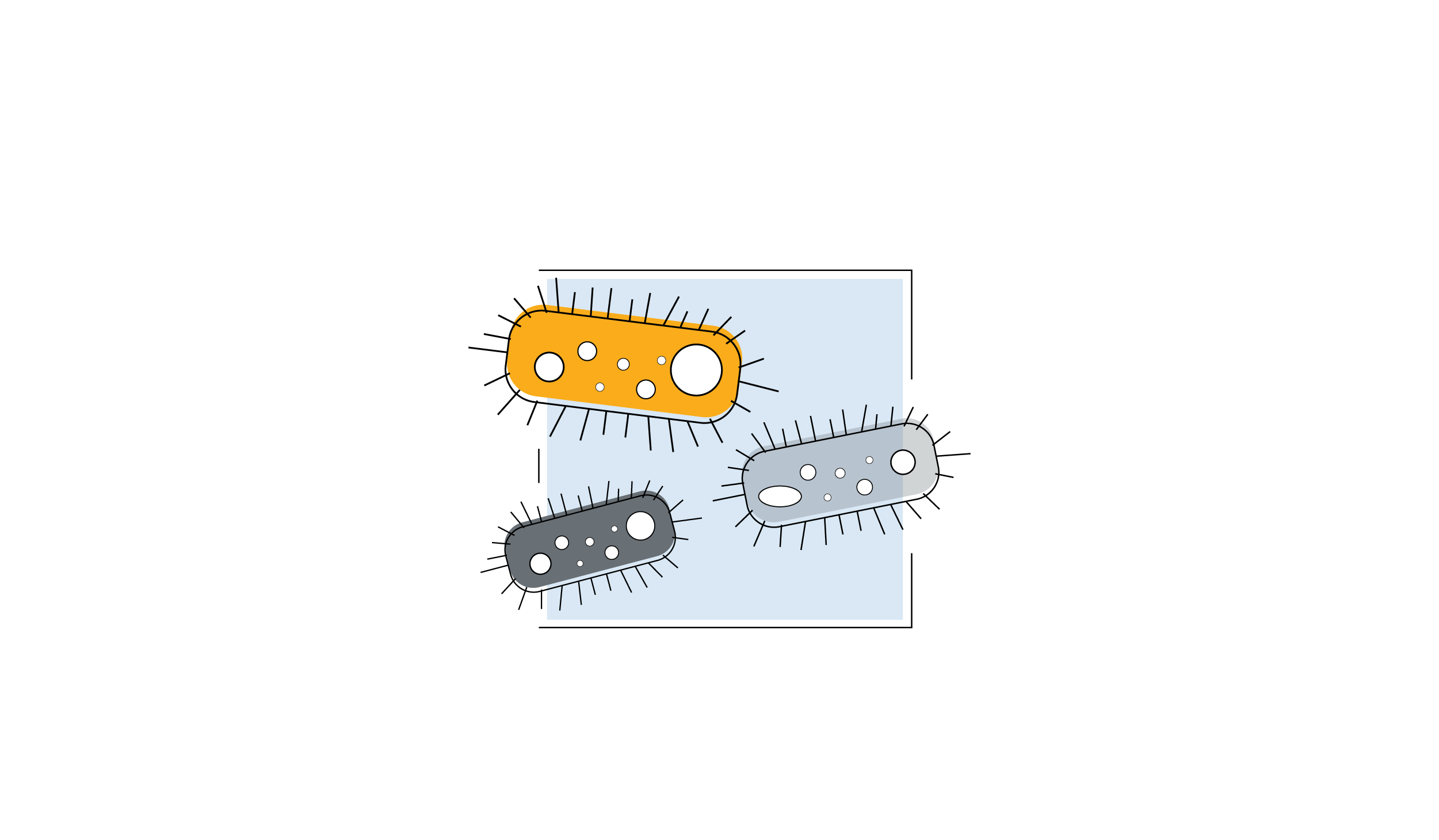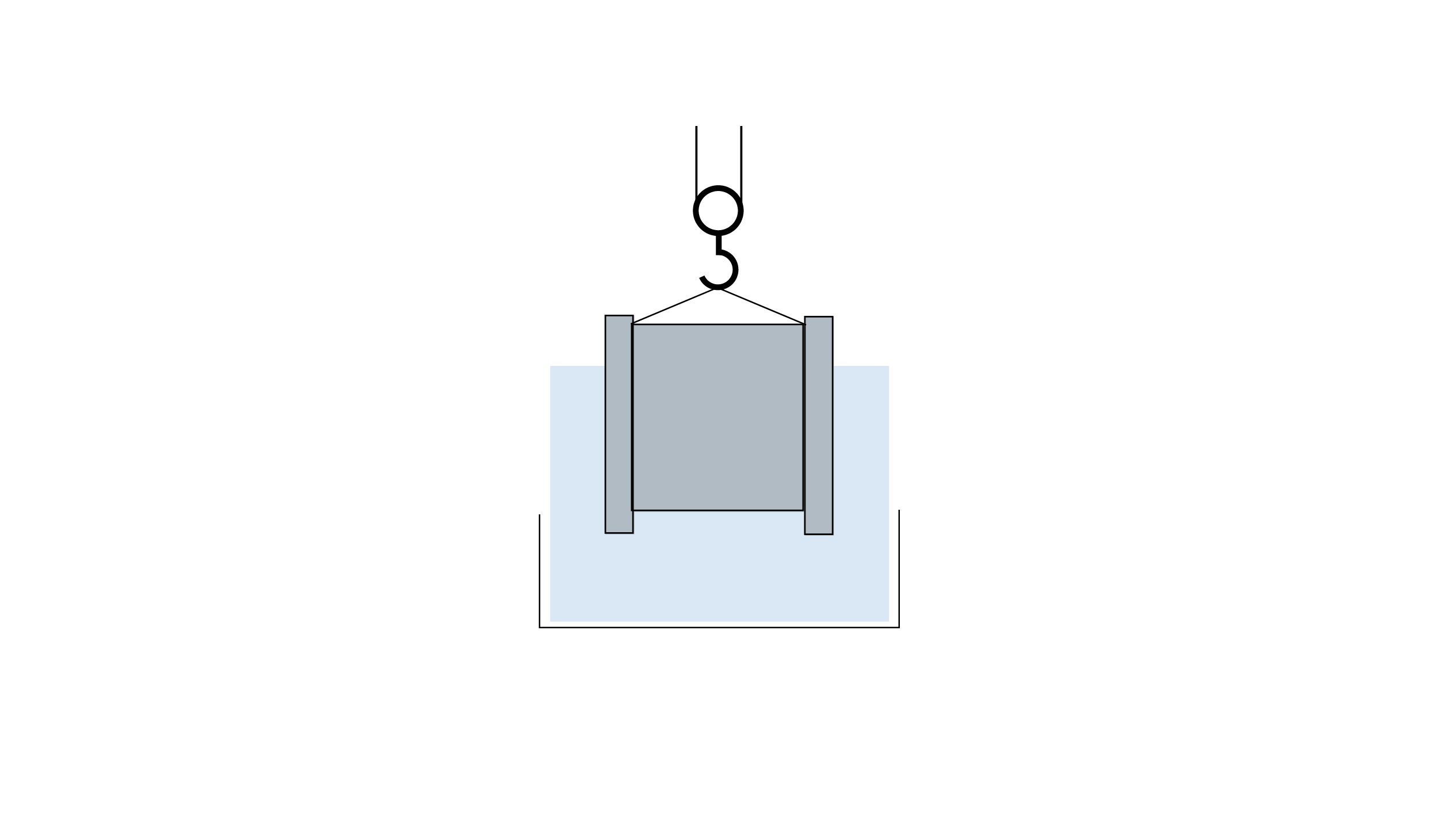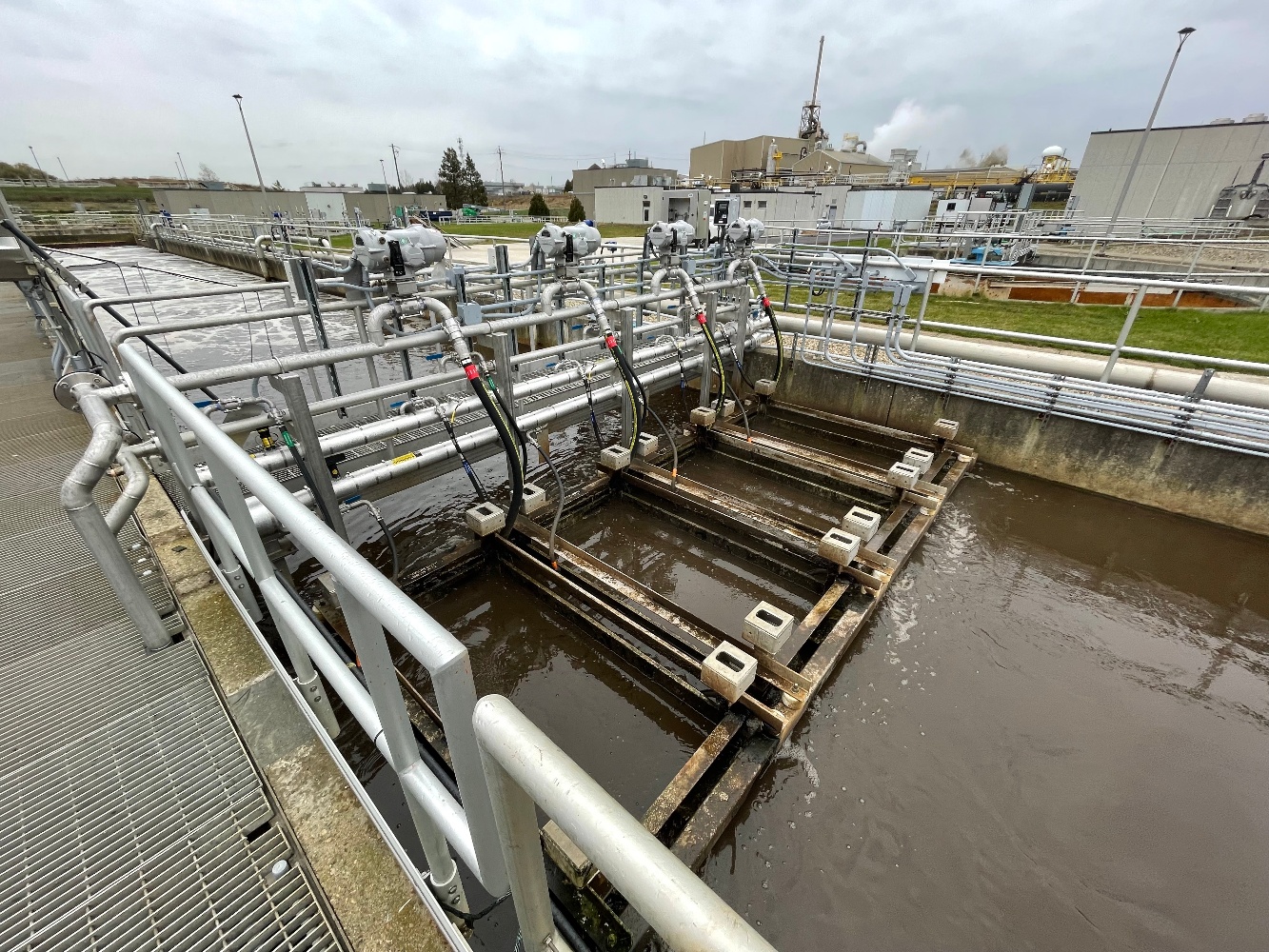Impact Investment: A Win-Win Opportunity
Impact investing is a way of investing with the understood intention of generating positive social impact with a return on capital.
It ends the ideal, that business is simply a way to make profit, and social or environmental progress was best achieved through charity or aid. Instead, impact investment sets out to harness the power of business to tackle social and environmental challenges. There is now a recognition of the important need for investment at the earliest stages of innovation, which can then provide the foundation for the rapid emergence and scale-up of entire new commercially viable technologies and sectors which benefit the environment and society.
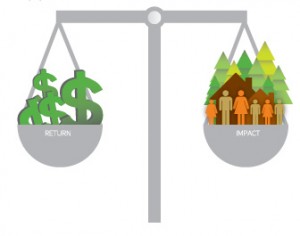
In terms of wastewater treatment, there are a number of factors pushing the trend for smart solutions - population growth, rising urbanisation and increasingly stringent regulations are just some of the drivers influencing the rise in demand for innovation. With this, there is a sharp rise in interest in investing in water technology among mainstream investors but this also holds opportunities for impact investors too. The reasons for this are clear: along with investors gaining a return on their capital, investment in water technologies typically generates a number of economic, environmental and social benefits also. Adequate treatment and safe disposal of wastewater helps to improve the quality of surface waters with benefits for the environment. Clean, plentiful water is necessary to all forms of life on the planet. Animals, plants, ecosystems and habitats all require adequate water to thrive. Similarly, human societies need water, too, for health, agriculture, industry and economic development.
Taking OxyMem as an example, investment in the scale-up of this innovative wastewater treatment technology is generating a smart solution to the environmental and economic challenges that surround the sector. OxyMem not only produces a high rate treatment of wastewater but does so in such a fashion that it reduces the demand for energy, in a smaller footprint and with less sludge production. This in turn reduces issues such as: meeting the increasingly more stringent effluent standards; the cost and production of energy; the excessive use of land for treatment facilities; and the recycling of by-products. Overall, it reduces the burden on environment and is economically advantageous. Investing in this kind of technology is a way to create a whole range of positive impacts.
The future of impact investing depends on our ability to embrace new innovations, it requires enthusiasm about the future and demands a way to place the same premium on the environment and society as we do on profit. Today, it's hard to imagine what our world would be like without the many innovations sparked by venture capital. In the next 20 years, we should strive to interact in a business world where we are able to look back on a host of innovations benefiting millions environmentally, socially and economically.

